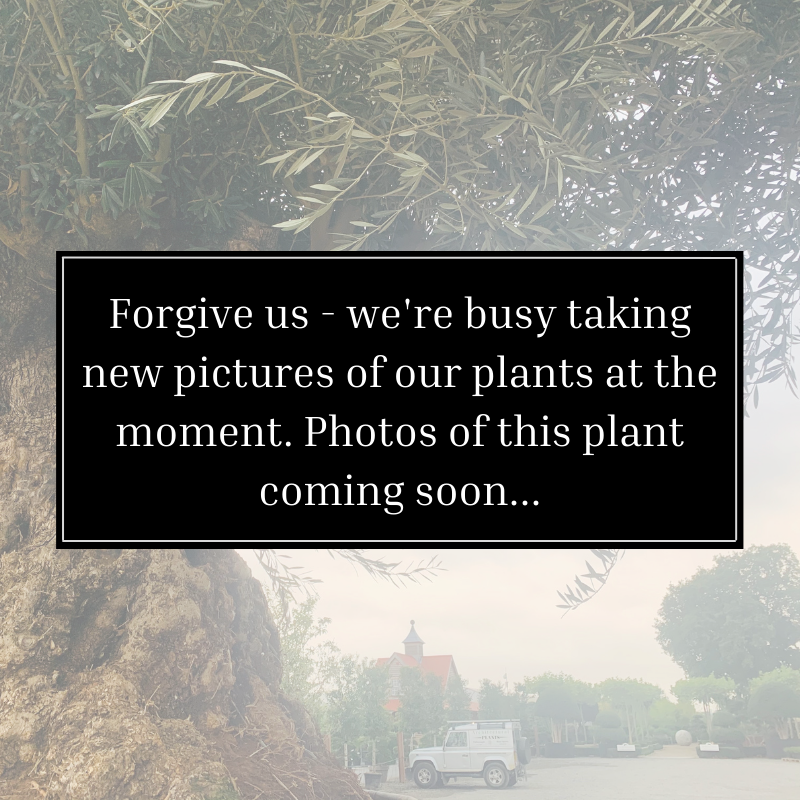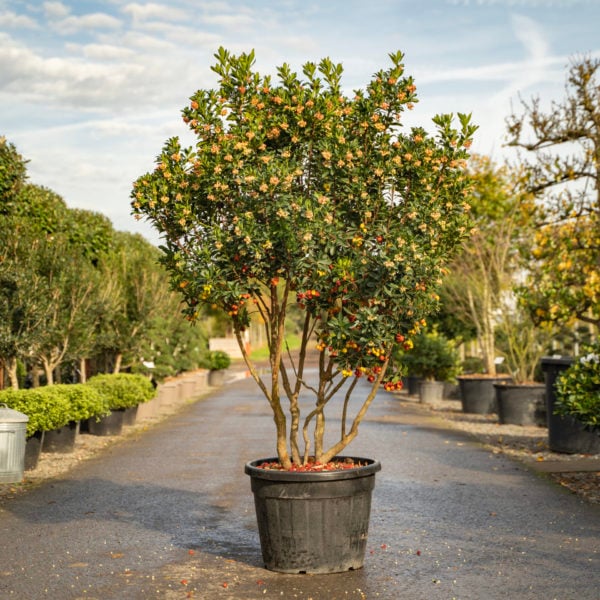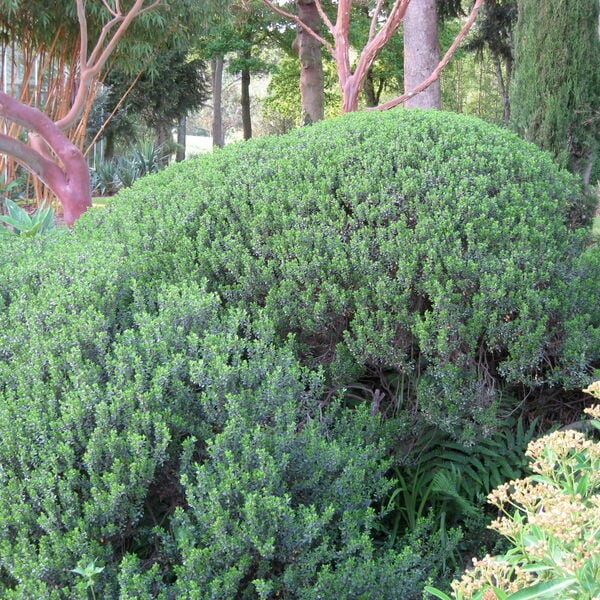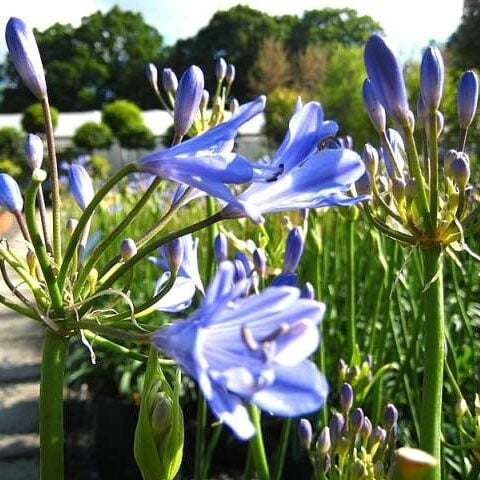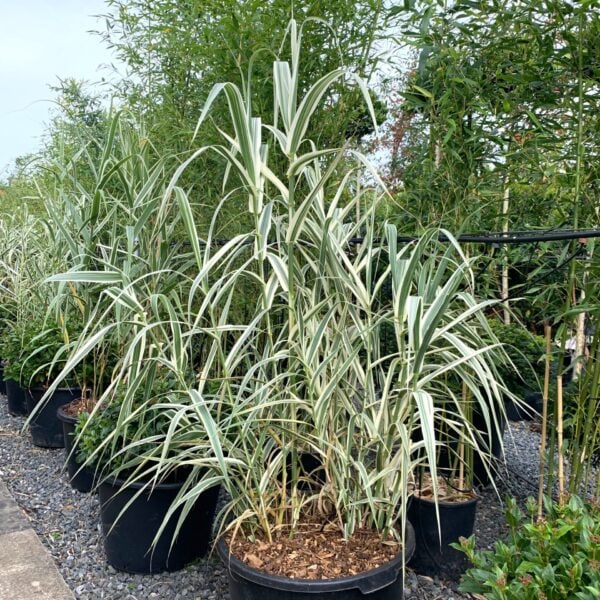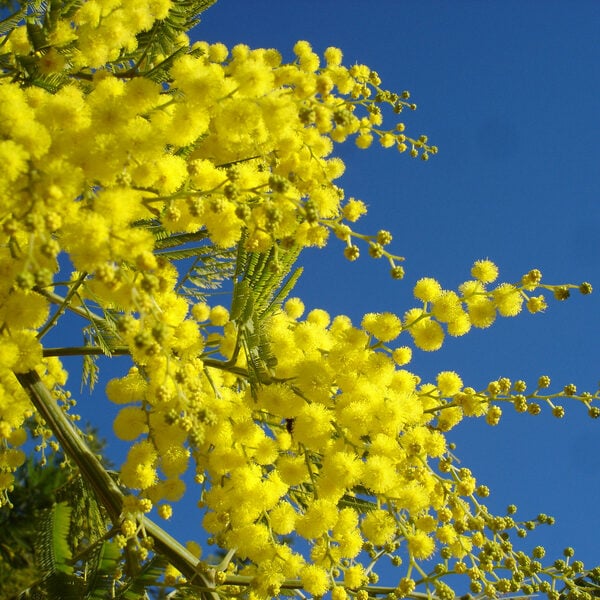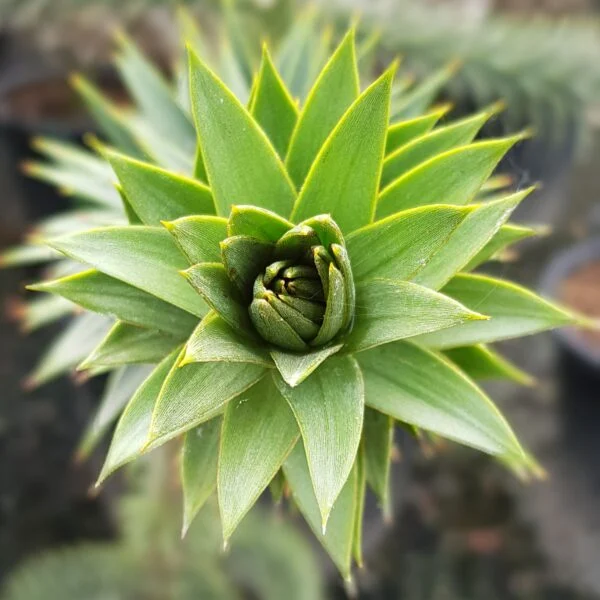Cercidiphyllum Japonicum (Katsura tree or Caramel tree)
A round-headed deciduous tree to 20metres. Masses of tiny pinkish flowers on bare branches in Spring. Red flushed heart-shaped green leaves turn flaming red and orange in autumn. The fallen leaves emit a sweet caramelly, sugary, biscuity scent when disturbed. In their native China and Japan, they grow in forest edges and wooded river margins. A shallow rooted tree, happy on any soil, best in south and west facing positions. Germinated seedlings can sometimes be found on bare soil around the tree. Please contact us for stock availability and sizes.

Hardiness level Green
A very beautiful deciduous round-headed tree reaching 20metres or so. In spring its bare branches are covered in tiny pinkish flowers just before the new foliage pops out. Rounded green leaves, sometimes almost heart-shaped, emerge bright green with foxy-copper foiling on them. Really pretty.
An additional delight is the perfume which these leaves emanate when the growing season is over. First, they turn a glorious flaming red and orange, and then as they cascade from the tree you’ll become aware of a sweet, carnival-come-to-town fragrance wafting through your garden. The fallen leaves emit a faint whiff of caramel, a sort of toffee-apple pong that becomes more intense when disturbed. What better excuse than to get out and kick some leaves around?
This is a very distinctive and graceful tree, which remains quite unusual in cultivation here in the UK. A multi-stemmed specimen topped with shimmering coin-like foliage makes a cracking focal point or feature tree: instant Japanese woodland. The gentle dappling of shade which they cast is not bothersome to whatever you place below, and a spectacular effect can be achieved by combining them with roly-poly undulations of Lonicera ‘elegans’ and the shuttlecock whooshes of some fluffy-puffy Soft Shield ferns.
In their native China and Japan, they grow in forest edges and wooded river margins so it’s not too hard to picture this scene and recreate it, as above. We’ll gladly do it for you since that’s what we do: give us a bell.
A shallow rooted tree that’s happy on any soil, but at its best in south and west facing positions. If you’re lucky, and provided you haven’t planted too thickly beneath it, you’ll maybe find some germinated seedlings around the base of your tree. If you do then there’s another mature Katsura nearby for certain, as they are not self-fertile. Wait for the wind to pick up in autumn and follow your nose to the fairground…
N.B. When clipping several plants with the same tool, have a bucket containing a 5% bleach solution and swish your blades around for 30 seconds between plants to sterilise them. This will help avoid the chance of cross contamination of disease.
As with all woody plants, plant high, exposing as much of the taper at the base of the trunk as possible. Allowing soil to accumulate round the base of a tree can be fatal. Keep very well watered when first planted.
Additional Information |
|
|---|---|
| Continent of Origin | |
| Hardiness | |
| Flower Colour | |
| Light | |
| Situation | |
| Tree Size | |
| Specialist Plants | |
| Features | |
| Plant Type | |
| Soil Type | |





